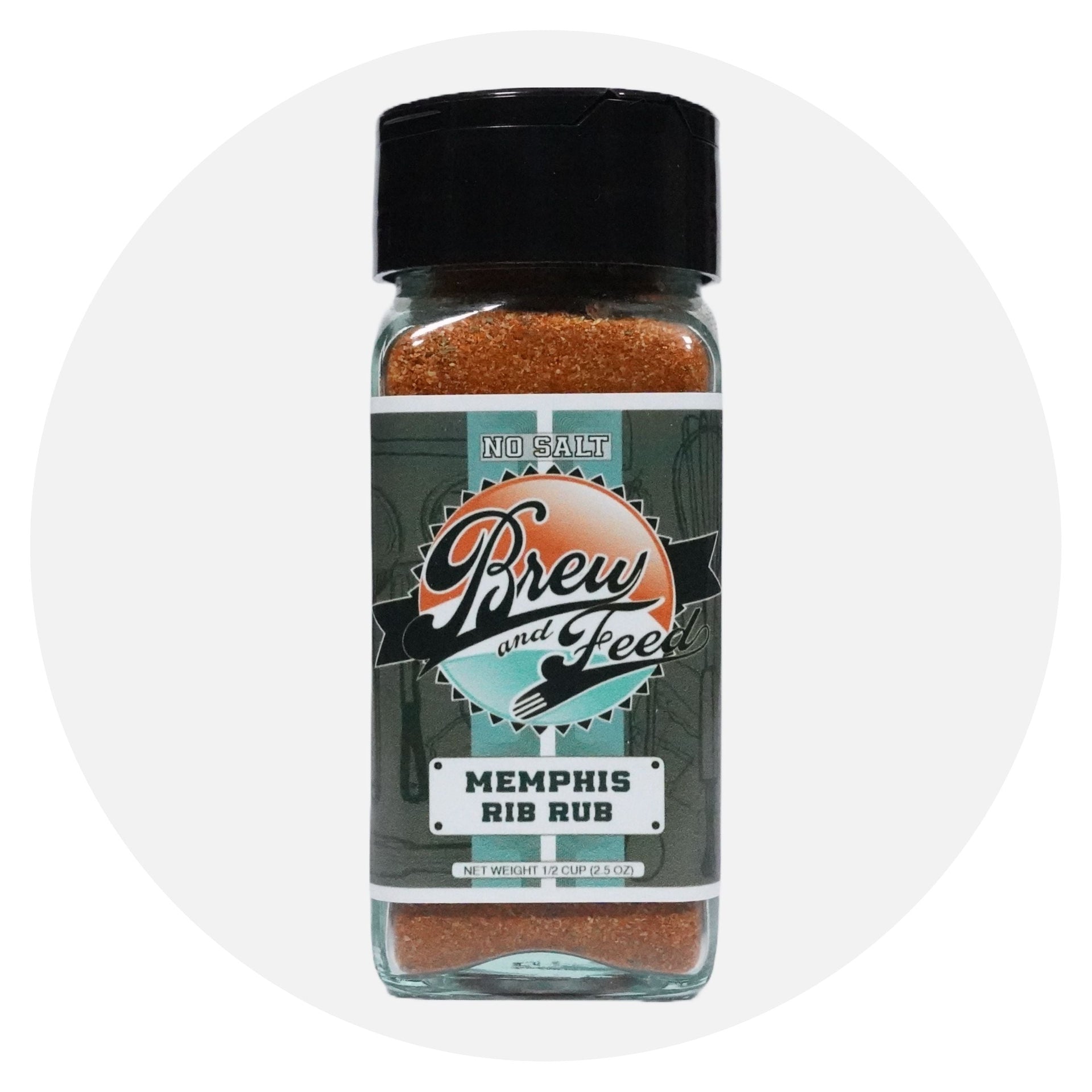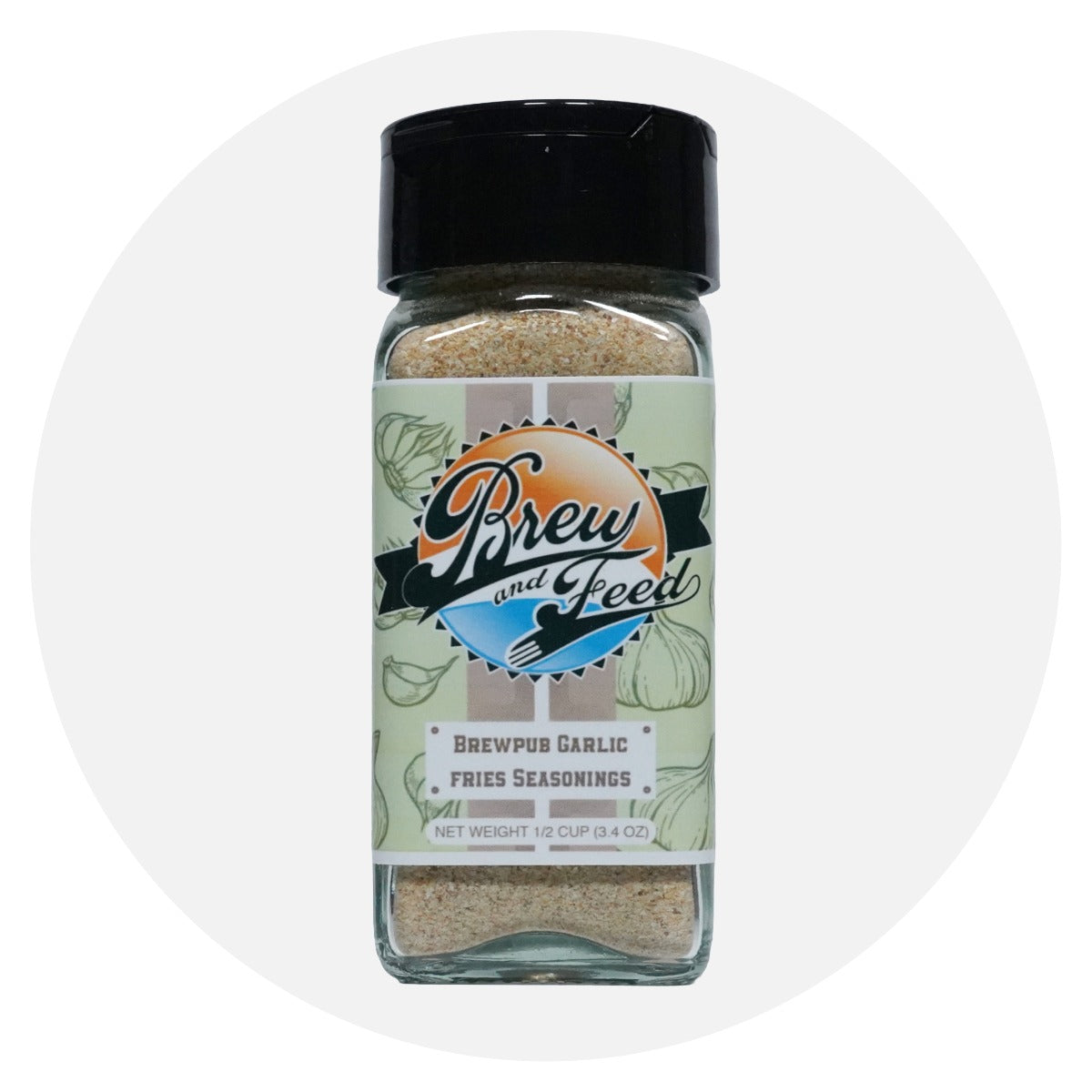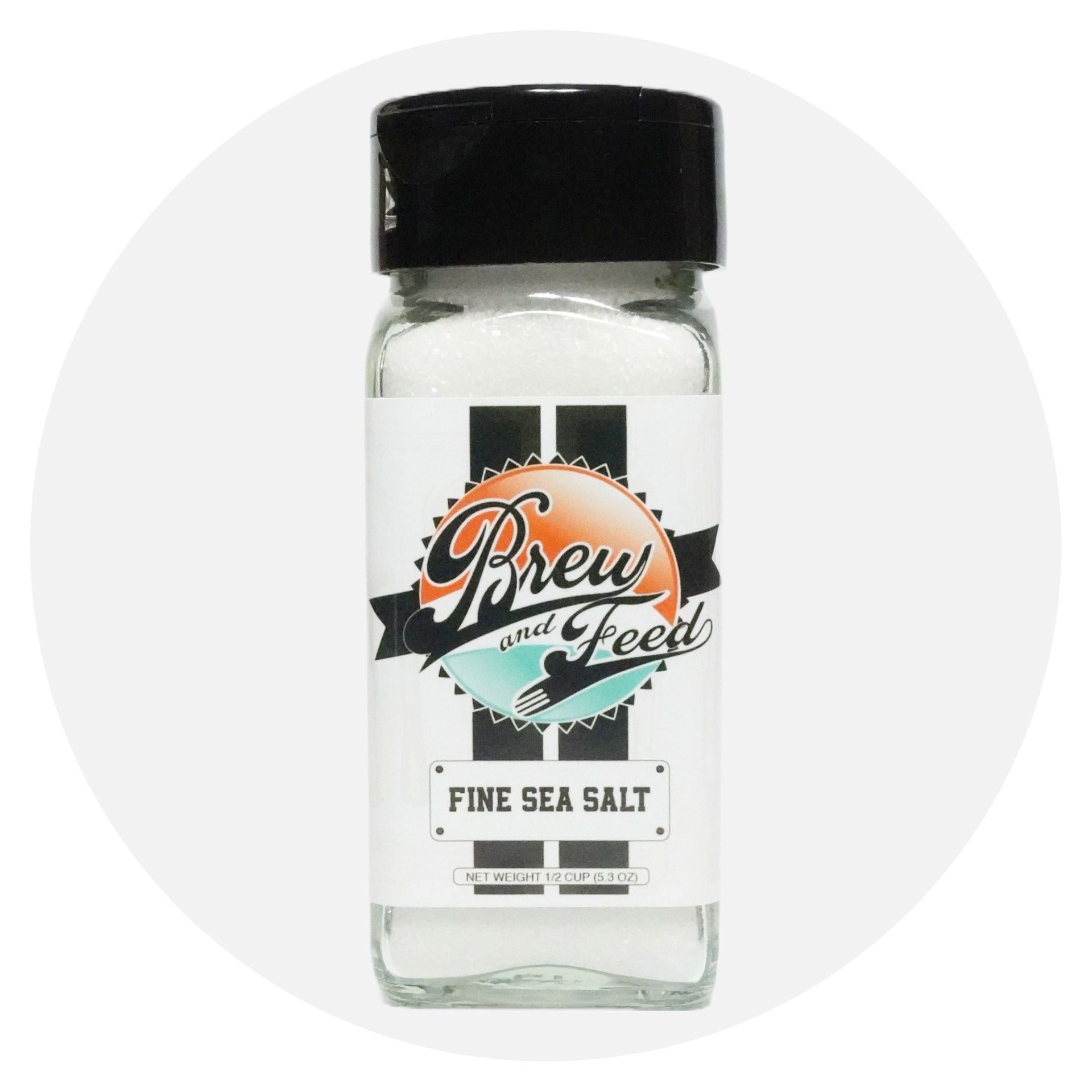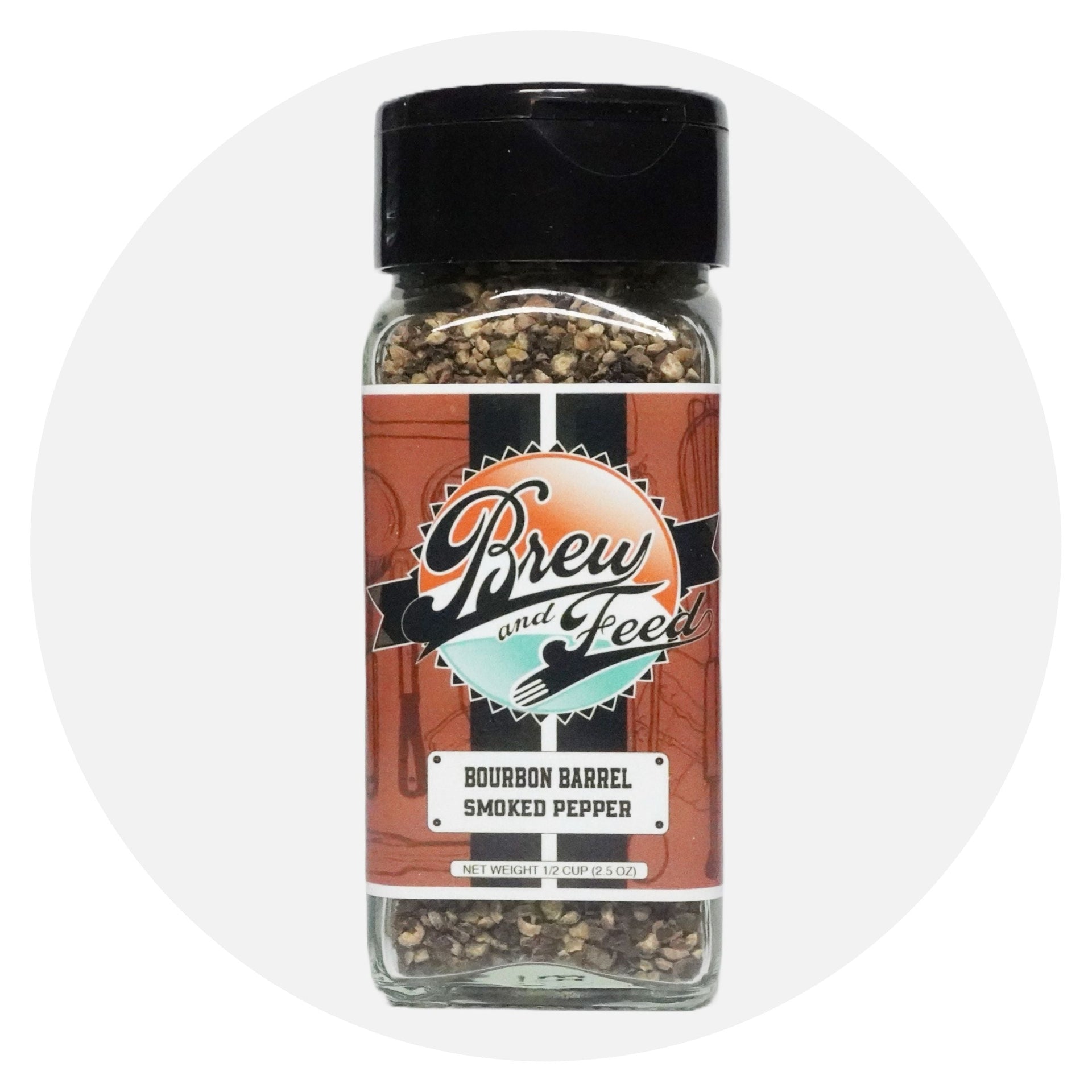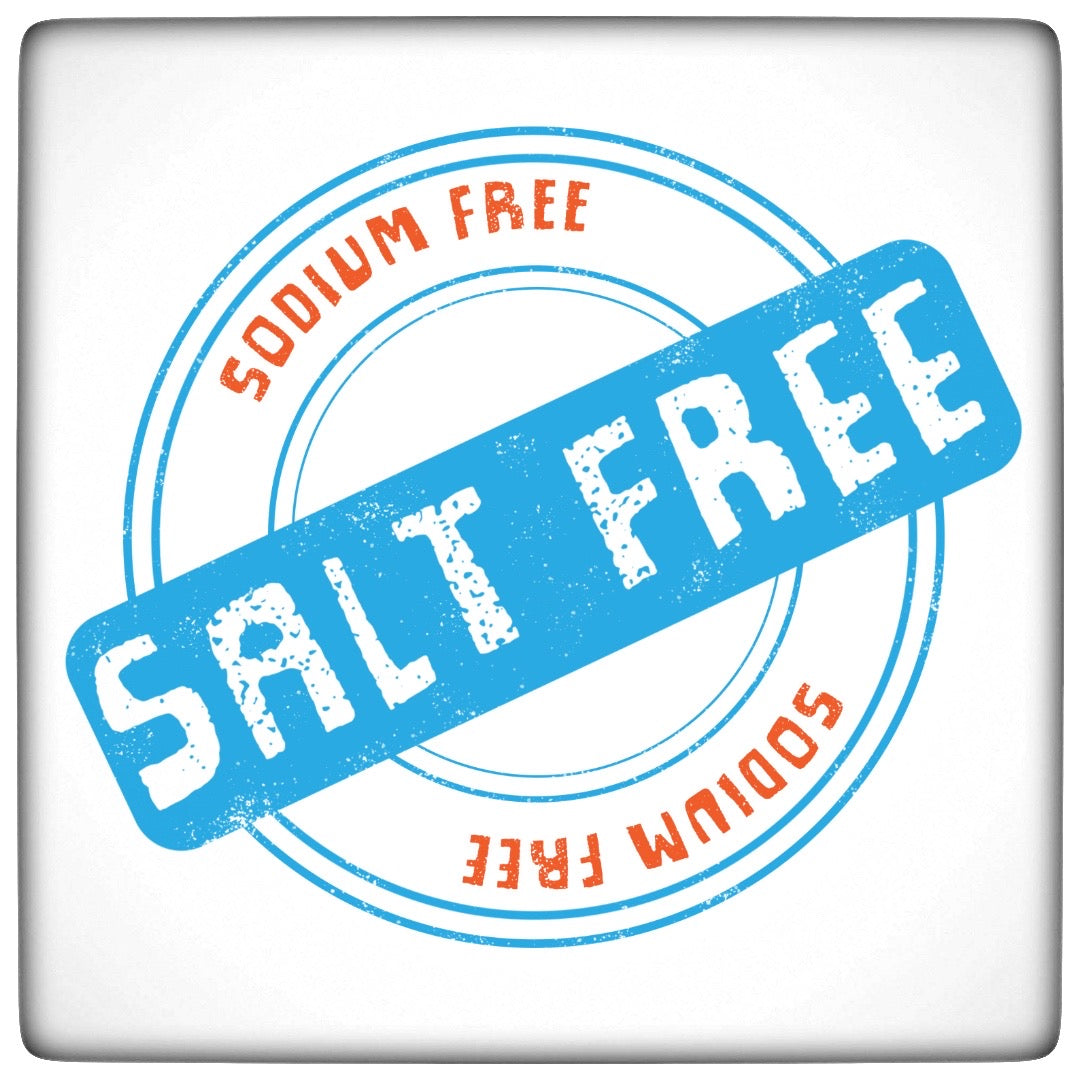
The Magic of Cooking Without Salt
Cooking without salt doesn't mean sacrificing flavor. In fact, it opens up a world of possibilities for experimenting with different herbs, spices, and cooking techniques that enhance the natural tastes of your ingredients. Whether you’re aiming to reduce sodium intake for health reasons or simply want to explore new flavors, here are some of the best ways to cook delicious meals without salt.
Understanding the Role of Salt
Salt is a powerful flavor enhancer that can balance, highlight, and intensify the flavors in food. However, it’s possible to achieve these effects using other ingredients and techniques. By focusing on fresh, high-quality ingredients and creative seasoning methods, you can create flavorful dishes that don't rely on salt.
Top Techniques for Cooking Without Salt
1. Use Fresh Herbs
Fresh herbs are aromatic and full of flavor, making them excellent alternatives to salt. Basil, cilantro, parsley, dill, thyme, and rosemary can add vibrant notes to your dishes. Chop them finely and sprinkle them over your meals just before serving to maximize their fresh flavor.
2. Experiment with Spices and Salt Free Seasonings
Spices are powerful tools in the salt-free kitchen. Cumin, coriander, paprika, turmeric, ginger, and cinnamon can add depth and complexity to your dishes. Toast whole spices in a dry pan before grinding them to release their essential oils and enhance their flavor. Many seasoning vendors produce salt free seasoning blends that can be just as flavorful as their salted counterparts.
3. Incorporate Citrus
Lemon, lime, and orange zest or juice can brighten and elevate the flavors of your food. Citrus can be used in marinades, dressings, and as a finishing touch to add a refreshing acidity that compensates for the absence of salt.
4. Use Vinegars and Acids
Vinegars such as balsamic, apple cider, red wine, and rice vinegar can add tanginess and complexity to your dishes. A splash of vinegar can enhance the overall flavor profile, making dishes more vibrant. Other acidic ingredients like tomatoes and yogurt can also provide a similar effect.
5. Garlic and Onions
Garlic and onions are aromatic vegetables that add a rich, savory depth to dishes. They can be used in various forms—raw, sautéed, roasted, or caramelized—to provide a strong umami flavor that makes up for the lack of salt.
6. Use Umami-Rich Ingredients
Umami, the savory fifth taste, can be found in ingredients like mushrooms, seaweed, black beans, tomatoes, and nutritional yeast. These ingredients add a deep, satisfying flavor to dishes. For example, adding dried mushrooms to a stew can boost its savory profile.
7. Cook with Aromatics
Aromatics like ginger, lemongrass, and fresh chilies can add layers of flavor and complexity to your dishes. Sautéing these ingredients in a bit of oil before adding the main components of your dish can release their flavors and create a fragrant base.
8. Utilize Toasted Nuts and Seeds
Toasted nuts and seeds can add a nutty, rich flavor and a delightful crunch to your meals. They are great for topping salads, soups, and vegetable dishes. Try toasting sesame seeds, pine nuts, or almonds to add a new dimension to your cooking.
9. Balance Flavors with Sweetness
A touch of sweetness can balance out flavors, especially when reducing salt. Ingredients like honey, maple syrup, or naturally sweet vegetables like carrots and sweet potatoes can add a subtle sweetness that enhances the overall taste of your dish.
10. Marinate and Infuse
Marinating proteins and vegetables in flavorful liquids allows them to absorb delicious tastes before cooking. Use combinations of olive oil, vinegar, citrus juice, garlic, herbs, and spices to create marinades that penetrate and enhance the flavors of your ingredients.
Recipe Ideas for Salt-Free Cooking
1. Herb-Crusted Chicken
Marinate chicken breasts in a mixture of olive oil, lemon juice, minced garlic, and a blend of chopped fresh herbs like rosemary, thyme, and parsley. Bake or grill until cooked through.
2. Lemon-Garlic Roasted Vegetables
Toss a variety of vegetables (such as carrots, bell peppers, zucchini, and potatoes) in olive oil, minced garlic, lemon zest, and freshly ground black pepper. Roast in the oven until tender and caramelized.
3. Spiced Quinoa Salad
Cook quinoa in unsalted vegetable broth. Mix with diced cucumbers, cherry tomatoes, red onion, fresh parsley, and a dressing made of olive oil, lemon juice, cumin, and paprika.
4. Citrus-Sesame Salmon
Marinate salmon fillets in a mixture of orange juice, sesame oil, grated ginger, and toasted sesame seeds. Bake or grill until the salmon is cooked to your desired doneness.
Conclusion
Cooking salt free encourages you to be more creative in the kitchen, exploring new flavors and techniques that can make your dishes just as delicious and satisfying. By incorporating fresh herbs, spices, acidic ingredients, and umami-rich foods, you can enhance the natural flavors of your ingredients and create meals that are both healthy and flavorful.
Shop our no salt seasoning collection and jump start your journey to flavorful salt free meals.

